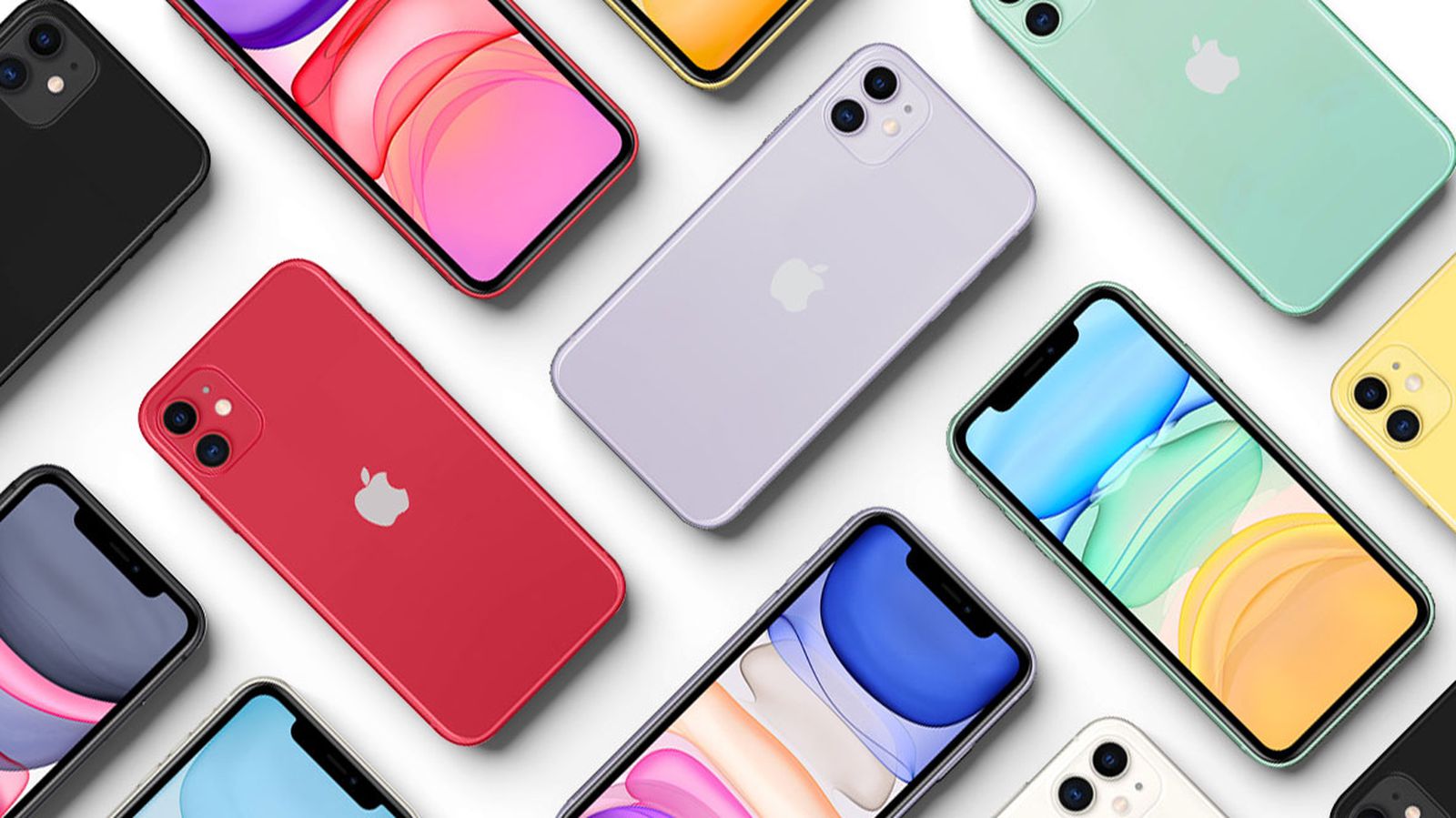I get a kick out of the group of people who are so enamored with the current folding screen phones. Mainly because they're accepting of a plastic surfaced screen that every manufacturer moved away from more than 10 years ago, for reasons that none of the current groupies of folding phones seem to recognize.
And before anyone answers back that Samsung has glass screens, I understand they're including a super thin layer of glass underneath a plastic layer, which is still going to be effected by usage, much like the crappy screens of old used to have. I remember the first generation Compaq iPaq that I had and how in less than a year, the screen had wear marks that made it mostly useless. And back then, I certainly wasn't using it even a fraction of the time we spend on our devices today, because it couldn't do what devices can now.
Do people really think that these thin plastic and sort-of glass covered devices are going to survive for a year of use, let alone two or three years? Then add in the fact that the devices aren't water or dust proof either and you're left having to baby something that still won't survive a year of daily use that you've paid $1300-$2000 for - that seems to me to be poor decision making.
If I forget for a moment the plastic covered screen issues, the other thing that I think is not right about Samsung's foldables is that they're made with two sections that are effectively the same thickness. It might feel natural when unfolded, since it's more similar in thickness to a typical slab phone or tablet, but folded it's twice as thick, which then makes it less pocketable.
I think devices like the Razor, especially the original cell phone, was that the flip section was much thinner than the base section, keeping the total thickness down when folded. Moto is somewhat replicating that with their new folding screen Razor, which definitely looks better as a folded device than any others on the market.
Why isn't Samsung working on a similar form factor where one half of the device is just screen, in order to keep it super thin? Then make the main unit slightly thicker in order to house the additional battery needed to power 2 or 3 screens. This way, the folded device would be more pocketable in its folded form.
But again, the biggest issue is how to deal with the short life plastic screen. If you can't get past that, then it doesn't matter how well the rest of the device is designed.


 Glass devices the iPhone can be as big as you want in AR.
Glass devices the iPhone can be as big as you want in AR.